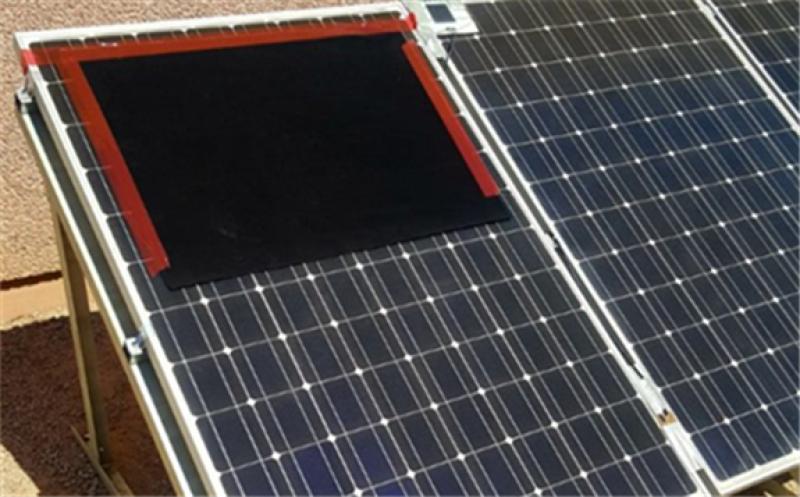Scientists from Arizona State University claim to have successfully applied the Suns-VoC characterization technique for solar cells to the outdoor monitoring of PV systems.

The method – which has been used since the 1990s in indoor lab measurements of single silicon and silicon thin-film solar cells – can also work as an alternative approach to outdoor testing of both distributed-gen and large-scale PV installations. It requires minimal hardware and does not affect power production, according to the researchers.
“We demonstrate the normalization of measurements using both back-sheet temperature sensors and on-site weather stations,” they said.
The technique uses a light flash from a Xenon lamp and measures the decreasing light intensity and quasi-steady-state open-circuit voltage (VoC) of a solar cell. It also uses its pseudo-I-V curve and pseudo-fill-factor, which are calculated in the absence of external series resistance. It is used to detect degradation mechanisms that affect system current-voltage (I-V) properties such as short-circuit current, open-circuit voltage, and shunt resistance.
The U.S. group said that the Suns-VoC method has already been demonstrated outdoors on PV installations, but without details regarding day-to-day variations in weather and temperatures.
“Variations include transient, diurnal, and seasonal effects like cloud coverage, temperature changes, wind, angle-of-incidence changes, spectral effects, albedo, and soiling,” they said.
The scientists tested the method on a small array on the campus for six days, under split conditions.
“The first three days monitored the array’s VoC under unshaded conditions,” the academics said. “For the last three days, one single module was artificially shaded at approximately 50% illumination by applying an opaque sheet on top of the surface of the module.”
The panels were equipped with three temperature sensors. A single irradiance sensor located 1 meter from the array was used to measure irradiance.
The Suns-VoC parameters were found to be almost identical for the three-day splits and the comparison between unshaded with shaded conditions showed a significant, but predictable, decrease in VoC. The ideality factor and pseudo-FF were also almost the same. The ideality factor of a diode measures how closely the diode follows the ideal diode equation.
“These results suggest that Suns-VOC is resilient to significant levels of partial shading across arrays,” the scientists said.
They also claim that high-quality diagnostic parameters from Suns-VoC can be performed under low irradiance conditions, at sunset or sunrise.
“If the data collection methodology is consistent, exclusively using low irradiance periods is valuable for monitoring changes over time,” they said. “With appropriate temperature translation, the parameters provided by Suns-VoC curves taken in an outdoor setting may provide reliable degradation quantification and attribution without interfering with normal system operation.”
They presented their research in “Monitoring of Photovoltaic System Performance Using Outdoor Suns-VoC, which was recently published in Joule.
This article is reproduced at www.pv-magazine.com